Art on canvas has the advantage of a low size to weight ratio.
One single large artwork can generate a wonderful clean look.
Art on canvas has the advantage of a low size to weight ratio.
One single large artwork can generate a wonderful clean look.
“Canvas” has become a generic term for any fabric-like material on which an artist has produced an image. This is most misleading as the type and quality of the material used governs how we stretch the art for framing.
Cotton based canvas is the best for stretching. It comes in various weights, but 10 or 12 ounce is preferable. It may be pre-primed or double primed with gesso before the artist adds the image.
Belgian linen, currently used for good quality Australian indigenous art. It also comes in different weights, the more dense the better.
Synthetics are used for poor quality art, (often this is light blue), usually from SE Asia and China. There is little strength and it is difficult to stretch without it tearing. Many artworks bought on the internet are on synthetic “canvas”. Readymade stretched art panels, from art supply shops, $2 shops and supermarkets are synthetics. There is always a reason why something is cheap.
Fabrics. Art pieces on recycled cotton sheeting and calico appear from time to time, often as souvenirs from the poorer African countries. These, together with fine silks (e.g. scarves) need to be stretched over a platform.
Stretcher frames are made from timber, having a specialised cross section. Some are tapered; some have a raised edge (see photo 1). This is to prevent the canvas lying flat on the timber and (in time) showing a “ghost” line caused by contact with the timber stretcher. They are usually 20mm or 38mm deep.
Corners are mitre cut and can be glued and joined in a similar way to a picture frame. Professional stretchers have a modified mortise and tenon joining system, with facility for wedges to enable tensioning. These are called “keyed stretchers”. (Photo 2)
Larger stretchers need single or cross bracing. (Photo 3)
For thin fabrics, we sometimes add a fomecore platform, and we have developed ways of using these platforms with keyed stretchers for extra tensioning, without tearing the fabric.
The canvas needs to have a border of material from the edge of the image, to enable us to stretch and fix with stainless steel staples at the back. This then gives you the option of a “no frame” look. A width of 100mm all round is preferred, with 50mm being the absolute minimum. Never let anyone remove the border: many overseas galleries will do this if you ask for art to be removed from their stretcher for easier shipping. Australian quarantine officers will not allow the importation of wooden frames.
How to finish the stretched art with a frame is your final decision.
No frame at all is a popular look. It works better with a 38mm deep stretcher.
Baguette is a timber strip which is fixed around the outside of the stretcher. Some have built in grooves for added effect. They come in various finishes, and raw timber ones can be painted to match the art.
Box framing is an “L” shaped profile which is screwed to the back of the stretcher. We can leave a gap of up to 15mm all round. Occasionally we float another frame on the box.
Conventional frames can be used. They sit on the stretcher edge, and cover about 5mm of the image. They are fastened to the stretcher with 90 degree steel brackets. It’s preferable to choose a frame with a rebate greater than the stretcher depth, and then the assembly does not hang out at the back.
The most important thing to watch out for is poor quality or trimmed canvas. You must factor in the cost of stretching and framing. A bargain bought overseas or online may not be such a bargain in the long term.
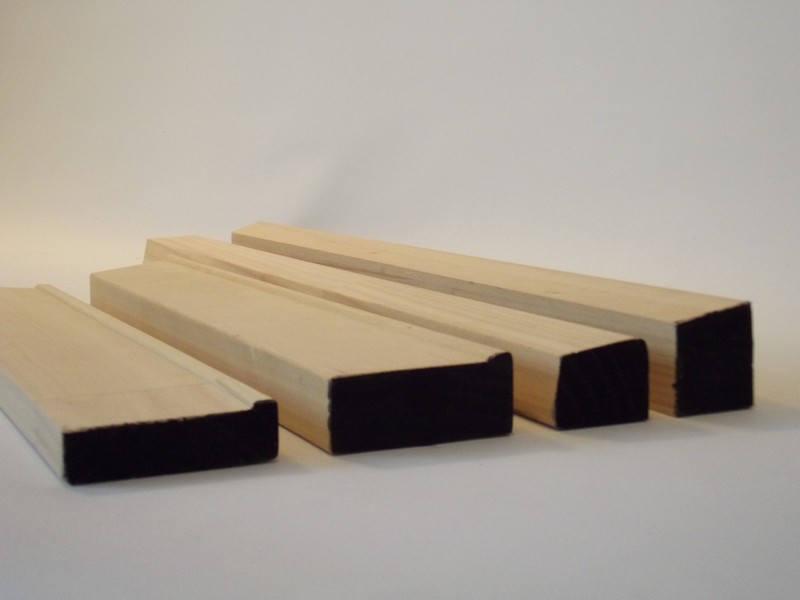
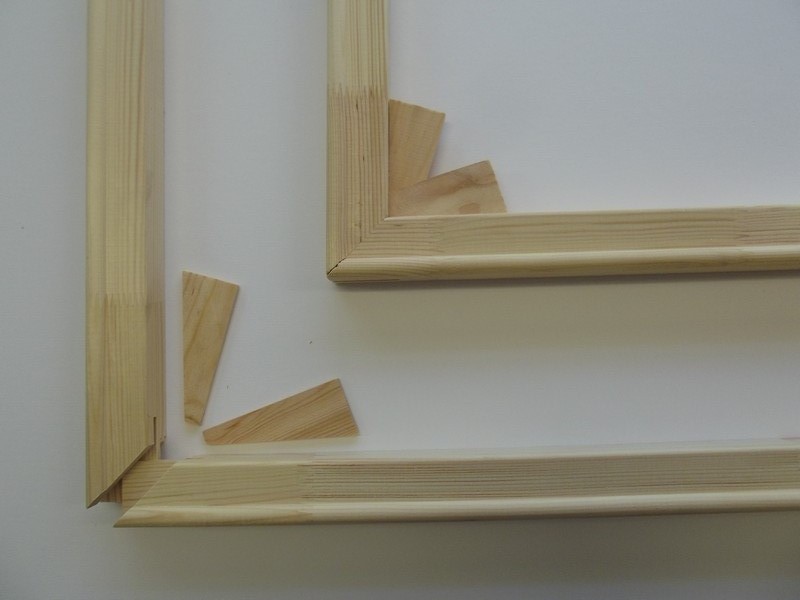
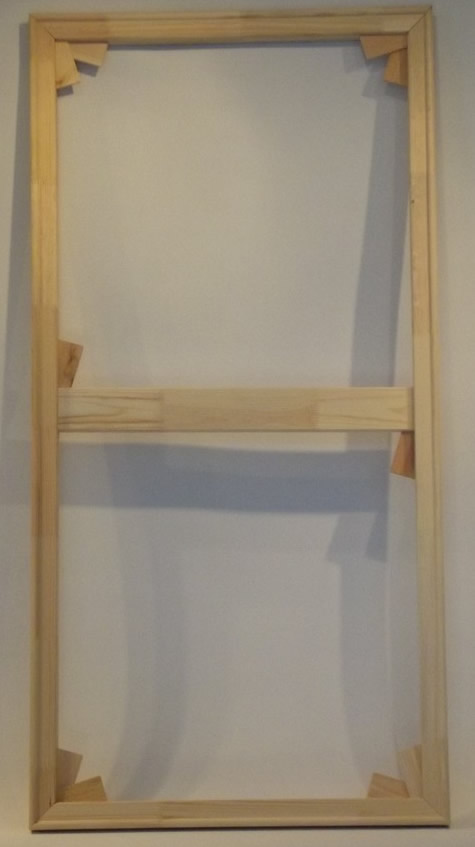
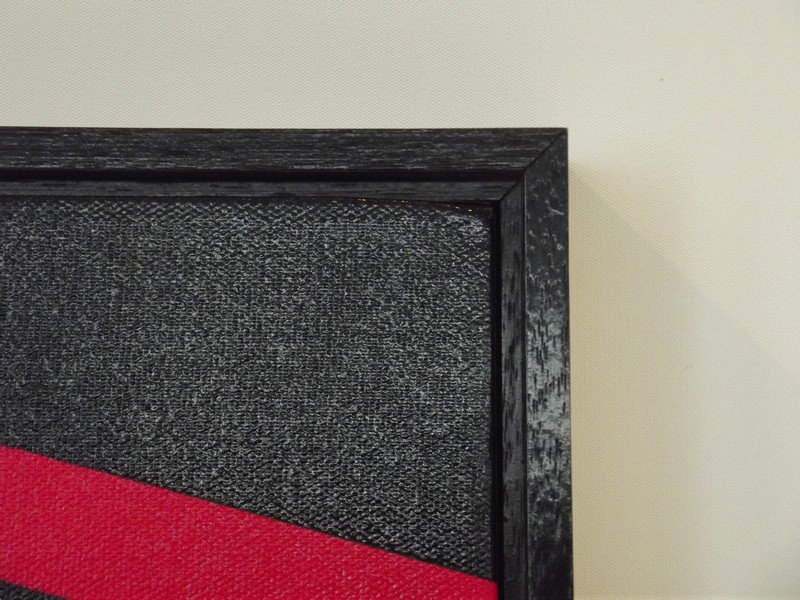
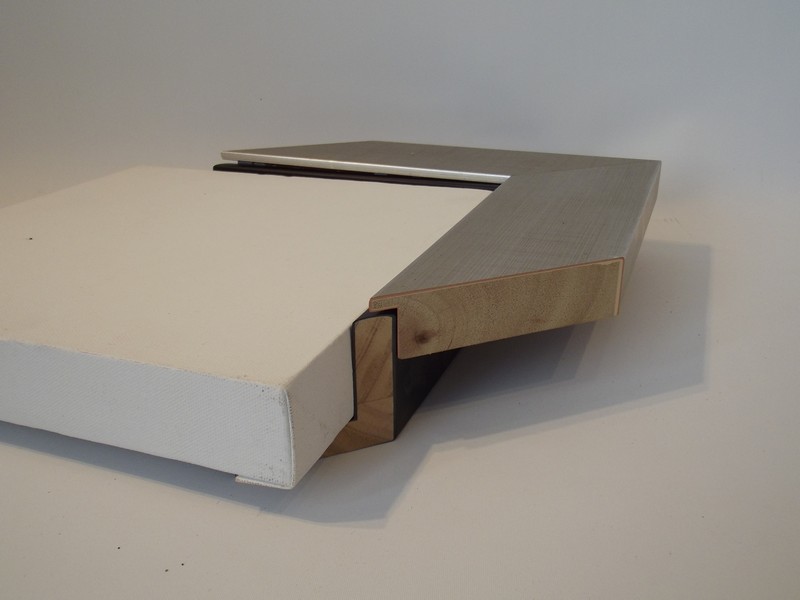
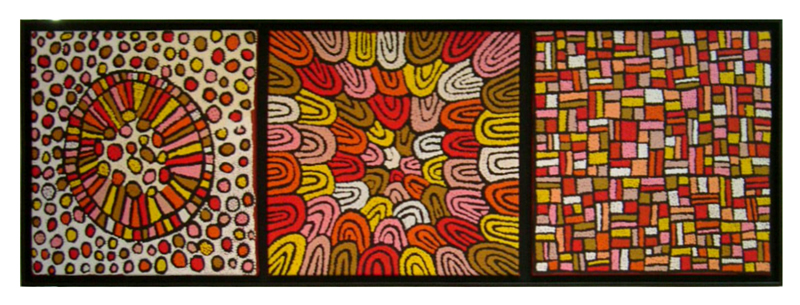
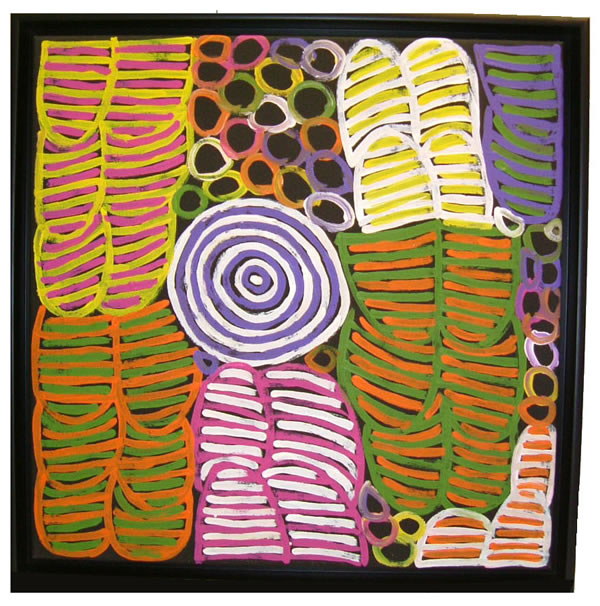
Indigenous art photographs courtesy of Gallery at the Wentworth